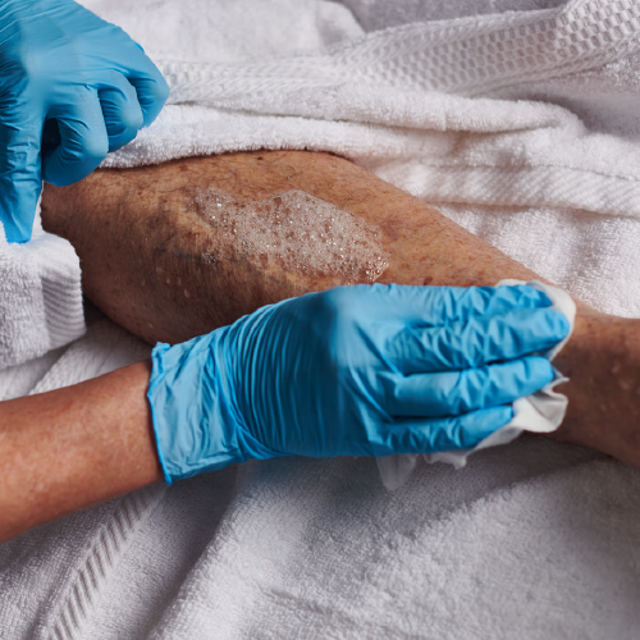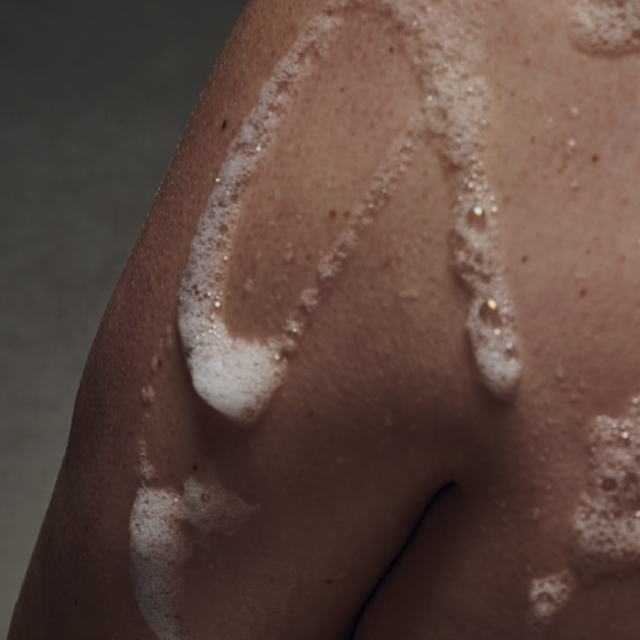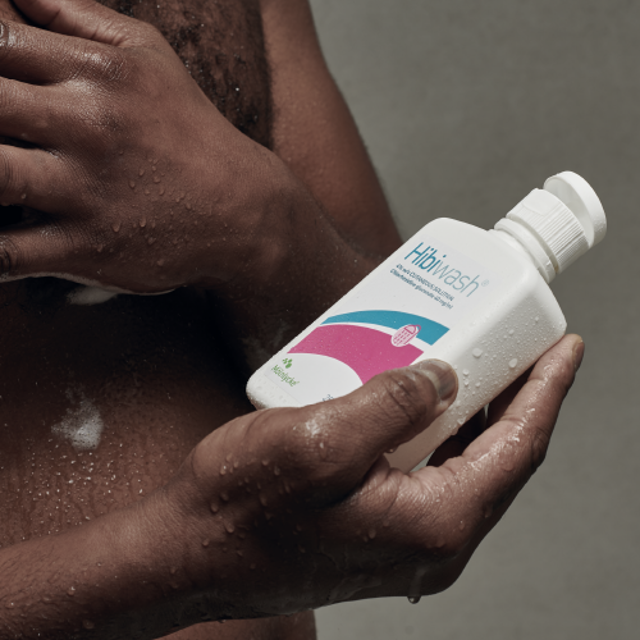Antiseptics
Preventing healthcare-associated infections (HAIs) is a growing concern in pre- and post-operative care. At Mölnlycke we have made it a priority. We develop innovative solutions that make infection prevention processes both manageable and motivational, while also eliminating the bacteria that can cause infections from the skin.
-
0people will be severally affected by an health-acquired infection (1)
-
0 timesOperative patients with a surgical site infection have higher risk of death than patients without (2)
-
0 %of surgical site infections are preventable (3)
-
The complex challenge facing antiseptics
Products and procedures to prevent infections must be practical for use if they are to be effective. Reducing the risk of healthcare-associated infections (HAIs) is a multi-faceted, cross-functional task that requires time and effort – and relies on experienced staff and a strong culture. We know how challenging it can be when there is high staff turnover and a shortage of time.
-
Our commitment
Our commitment to a world free from healthcare associated infections and surgical site infections is unwavering.
- Our goal and vision
- Our solution
- Our brand
- Our users

Our goal and vision
Our goal is to deliver compelling solutions that focus on the decolonisation of patients.
Patient hygiene is more than a hospital amenity, it is a necessity. Understanding the full impact of washing protocols at every stage of the journey is critical to ensuring positive patient outcomes.
Washing also plays a major role in reducing the potential of infections, since 1 of 25 hospitalised people could be affected by infections. (4)

Our solution
Chlorhexidine Gluconate (CHG) is a powerful antiseptic, antibacterial agent – and a real asset to patient washing protocols. An observational study showed a 45% reduction in HAIs by implementing a comprehensive programme that included washing with 4% CHG rather than soap and water5.
CHG does not just kill germs; it binds to the skin to provide lasting protection, even after rinsing. With our CHG products, patients get the experience of a real wash with no compromise on cleansing efficacy.
The benefits of a true wash + The lasting protection of CHG = A better wash for everyone

Our brand
Hibi®, our Antiseptic brand, brings sustainable, effective skin cleansing solutions to patients, healthcare providers and professionals, to reduce the risk of infections at every stage of the patient journey.
Its unique formulation and different presentations match customer needs (with dye- and scent-free solutions available in the EU and UK).
What our users are saying
Many healthcare professionals use our solutions and implement CHG washing protocols, leveraging all the physical and psychological benefits of patient washing at every stage of the patient journey.
‘Skin prep is the most important thing, because if I’m going to poke a patient so I could enter stuff into the bloodstream, if I haven’t cleansed the area around it, everything on the surrounding skin could go into the patient’s bloodstream.’
Natalie Nurse, US
‘Right now, we’re trying to identify high-risk people for MRSA and we give them a bath in CHG every day.’
Betty Infection Prevention and Control Manager, US
‘With Hibi® Universal Bathing System everything you need is there. It has become very handy for providers, because to me we don’t need to go to the medical supply room … I’d say [I save], 5 to 10 minutes.’
Hua Nurse, US
References
1 Red for Mölnlycke — Proprietary & Confidential Report.
2 Strategies to prevent surgical site infections in acute care hospitals: 2022 update, Michael S. Calderwood MD, MPH1,a , Deverick J. Anderson MD, MPH2,a , Dale W. Bratzler DO, MPH3,E. Patchen Dellinger MD4 , Sylvia Garcia-Houchins RN, MBA, CIC5, Lisa L. Maragakis MD, MPH6 ,Ann-Christine Nyquist MD, MSPH7, Kiran M. Perkins MD, MPH8, Michael Anne Preas RN, MS, CIC9 ,Lisa Saiman MD, MPH10 , Joshua K. Schaffzin MD, PhD11 , Marin Schweizer PhD12 , Deborah S. Yokoe MD, MPH13and Keith S. Kaye MD, MPH14,b.
3 The Joint Commission’s NPSG.07.05.01: Prevention of Surgical Site Infections Report.
4 Patient Safety Network, ‘Surgical Infections’, September 7, 2026.
5 Chapman, L., Hargett, L., Anderson, T., Galluzzo, J. and Zimand, P., 2021. Chlorhexidine Gluconate Bathing Program to Reduce Health Care-Associated Infections in Both Critically Ill and Non-Critically Ill Patients. Critical Care Nurse, 41[5], pp.e1-e8.